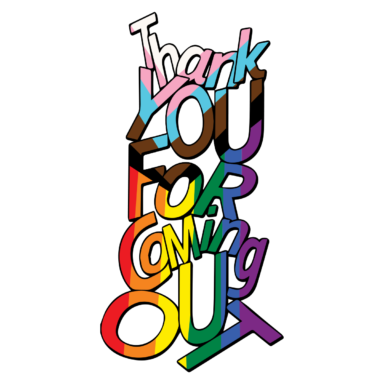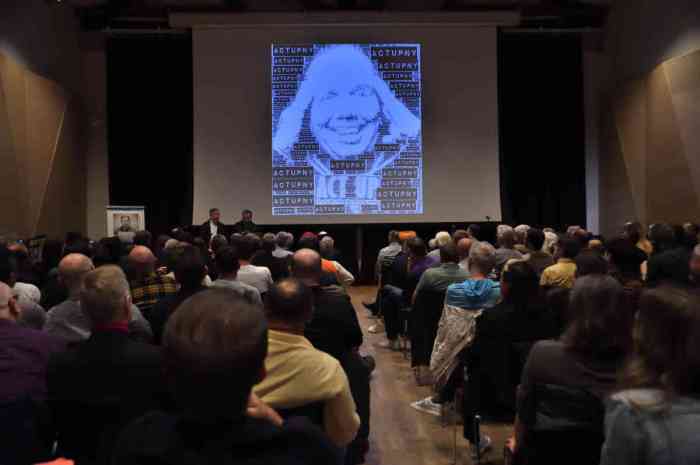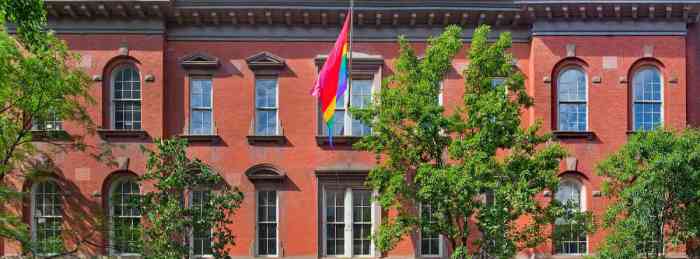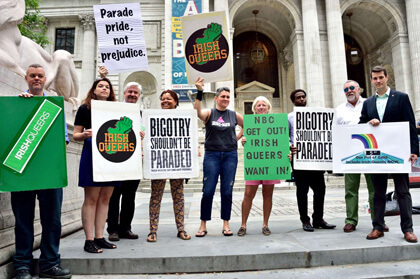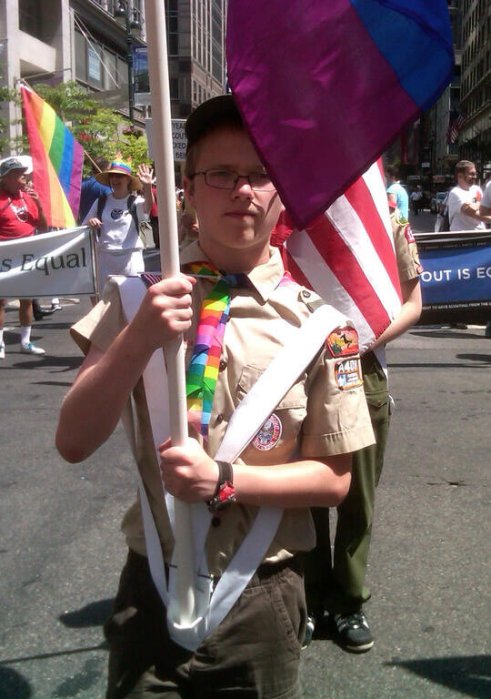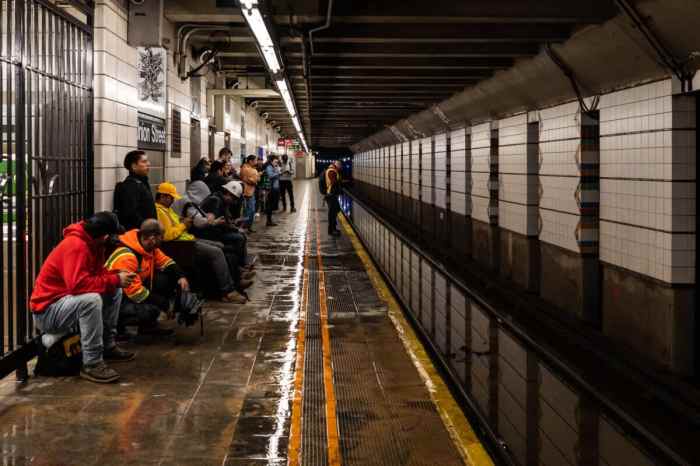The group that produces New York City’s annual Pride Parade and related events is predicting that there will be 150,000 marchers and 150 floats in this year’s event, but organizers are making no predictions as to when this year’s march will end.
“We’re going to do our best to make it as efficient as possible,” said Zoe Gorringe, Heritage of Pride’s (HOP) event coordinator, during an April 8 presentation at the Arts, Culture, Education, Street Life Committee of Community Board 4, which covers several Manhattan neighborhoods that will be affected by the march.
This year’s march commemorates the 50th anniversary of the 1969 Stonewall riots, which marked the start of the modern LGBTQ rights movement. It will likely be the largest such event that New York City has seen even if HOP does not turn out 150,000 people and 150 floats. The parade, which fielded about 50,000 marchers in recent years, is already one of the four largest events in the city along with the Thanksgiving Day Parade, the city’s 4th of July celebration, and New Year’s Eve in Times Square.
The march, which occurs on the last Sunday in June and steps off at noon, will be staged on the blocks to the east and west of Fifth Avenue above 26th Street then head south on the avenue. The route turns west on Eighth and Christopher Streets and past the Stonewall Inn, the site of the 1969 riots. It heads north on Seventh Avenue to disperse in the blocks above 24th Street. The route is two miles long, and Gorringe estimated that any group could complete the walk in two hours.
In 2018, HOP used the same route, but the direction of the march was reversed. With 50,000 marchers, that parade ended at 9:14 pm, just 24 minutes shorter than the 2017 march. The 2018 event was meant to be a rehearsal for the 2019 march. The 2016 and 2015 marches were each roughly eight hours long.
It is likely that the 2019 march will include a host of federal, state, and local elected officials who are always placed at the front and are known for keeping a plodding pace. Given New York’s importance in selecting a Democratic nominee for president, a number of the candidates for that slot may join the parade and can be expected to move slowly enough to be seen by as many voters as possible.
Parade sponsors are allowed to buy a position toward the front of the march. The sponsors typically feature large floats and hundreds of marchers. They tend to move slowly as well to maximize the exposure of the contingents, which are essentially ads, to the crowds gathered on the sidewalks.
The members of HOP’s march committee have a fondness for PowerPoint presentations and a consistently upbeat manner during those presentations. A timeline for the 2019 march in Gorringe’s PowerPoint gave specific times for some steps, but the end time for “Final Groups Reach Dispersal” was “TBD.”
In 2018, the last contingents had a check in time of 6 p.m. This year, the check in time for groups at the end of the 13-section march will be 8:00 p.m.
Pressed on when the march will end, Gorringe said, “Let’s see how fast we can make it move… We’ll be rolling more people on to the street in a faster way.”
The Reclaim Pride Coalition will be staging a separate march on June 30. Currently, the plan is for those marchers to gather on Seventh Avenue near Sheridan Square and step off at 9 a.m. That group will head north to 23rd Street then head east to Sixth Avenue where they will head north to Central Park for a rally on the Great Lawn. Ann Northrop, a Coalition member, said they were expecting 50,000 marchers. The police want the Coalition event out of the way before the HOP march steps off at noon.
The Coalition was formed by LGBTQ community activists who object to the corporate floats and the police presence in the HOP event. The Coalition march approximates the route of the 1970 march, the first commemoration of the riots, which went up Sixth Avenue from the West Village to Central Park for a “gay-in” on the Sheep Meadow.
“We want a people’s march, a political march,” Northrop told the CB4 committee. “What we want is a march that is cognizant of what is happening in the world today.”
The committee approved both march routes and an expansion of the Folsom Street East Festival from one block to two blocks. First staged in 1997, Folsom Street East has raised more than $300,000 for community groups with the annual kink and leather event.


